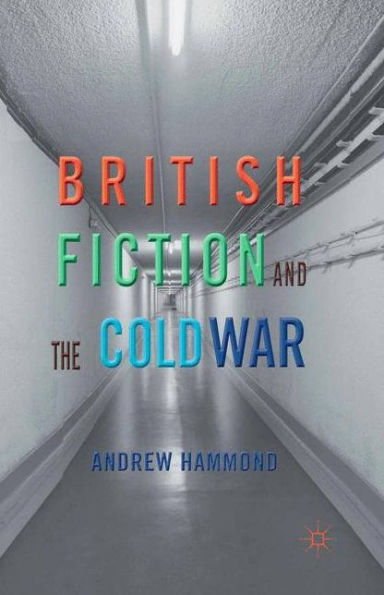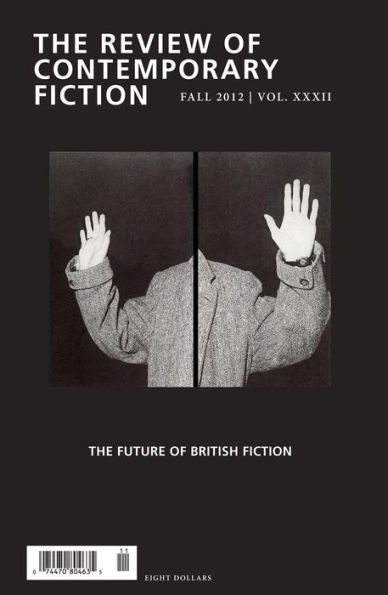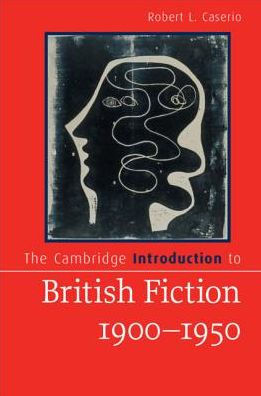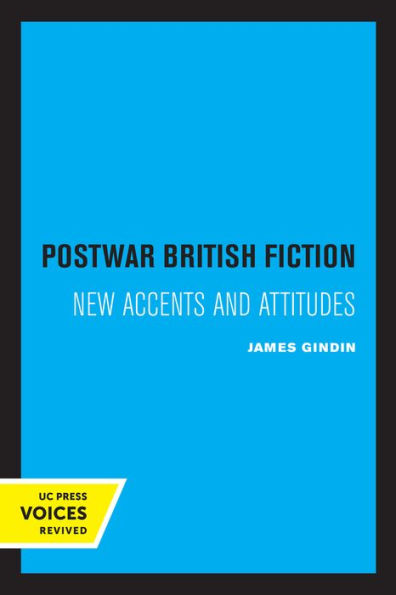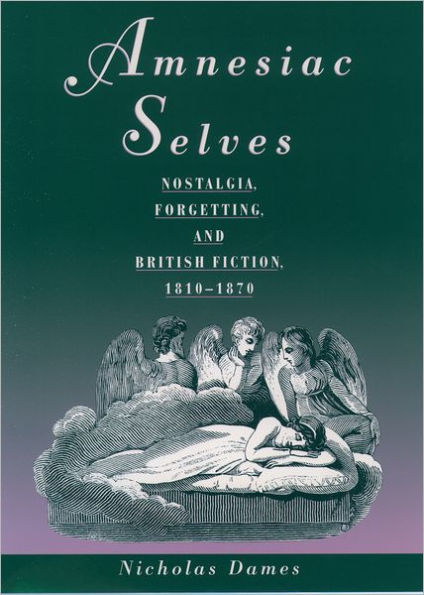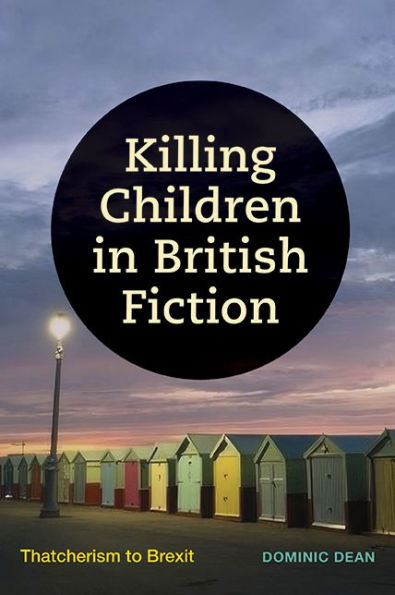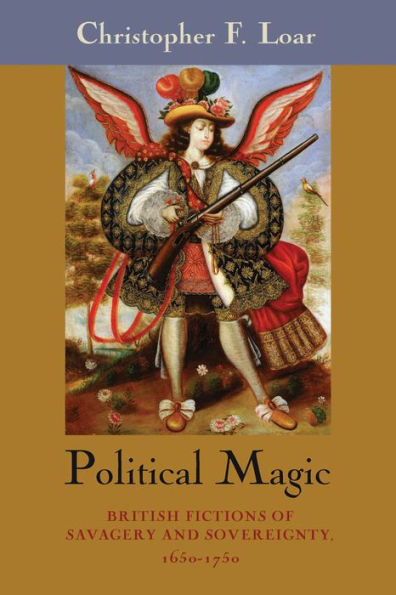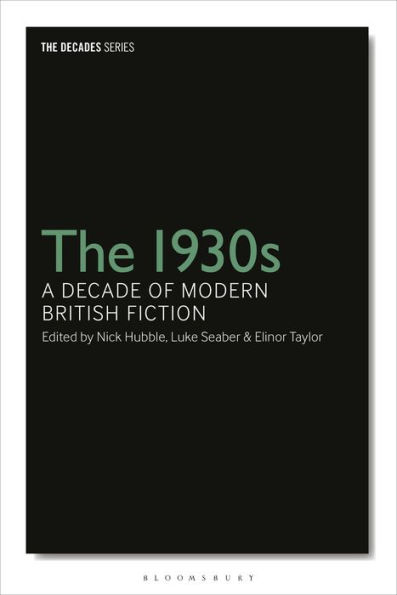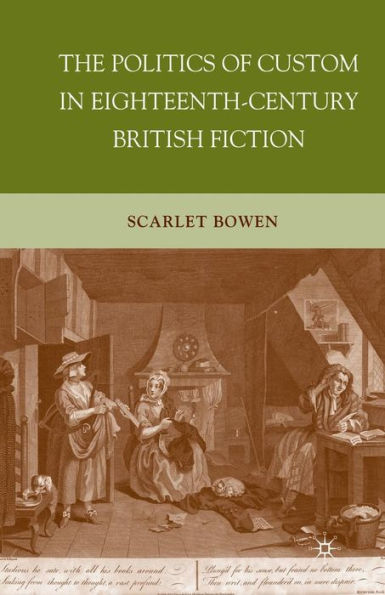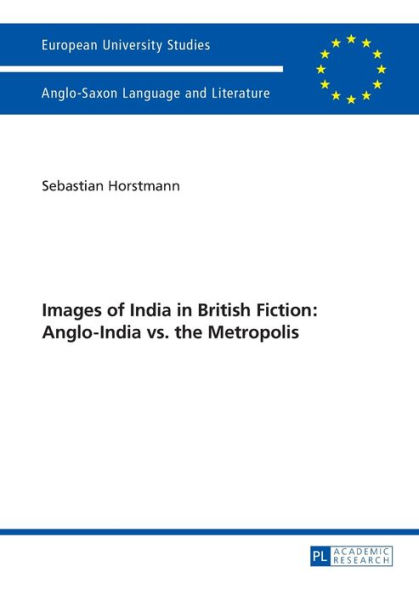Home
Eventfulness in British Fiction
Barnes and Noble
Loading Inventory...
Eventfulness in British Fiction
Current price: $210.00
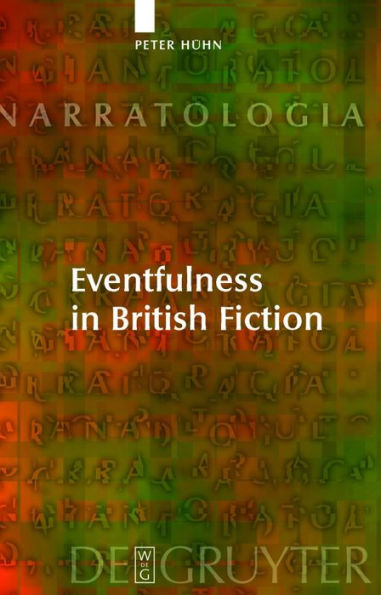
Barnes and Noble
Eventfulness in British Fiction
Current price: $210.00
Loading Inventory...
Size: OS
*Product information may vary - to confirm product availability, pricing, shipping and return information please contact Barnes and Noble
An event, defined as the decisive turn, the surprising point in the plot of a narrative, constitutes its tellability, the motivation for reading it. This book describes a framework for a narratological definition of eventfulness and its dependence on the historical, socio-cultural and literary context. A series of fifteen analyses of British novels and tales, from late medieval and early modern times to the late 20th century, demonstrates how this concept can be put into practice for a new, specifically contextual interpretation of the central relevance of these texts. The examples include Chaucer’s “Miller’s Tale”, Behn’s “Oroonoko”, Defoe’s “Moll Flanders”, Richardson’s “Pamela”, Fielding’s “Tom Jones”, Dickens’s “Great Expectations”, Hardy's “On the Western Circuit”, James’s “The Beast in the Jungle”, Joyce’s “Grace”, Conrad’s “Shadow-Line”, Woolf’s “Unwritten Novel”, Lawrence’s “Fanny and Annie”, Mansfield’s “At the Bay”, Fowles’s “Enigma” and Swift’s “Last Orders”. This selection is focused on the transitional period from 19th-century realism to 20th-century modernism because during these decades traditional concepts of what counts as an event were variously problematized; therefore, these texts provide a particularly interesting field for testing the analytical capacity of the term of eventfulness.
An event, defined as the decisive turn, the surprising point in the plot of a narrative, constitutes its tellability, the motivation for reading it. This book describes a framework for a narratological definition of eventfulness and its dependence on the historical, socio-cultural and literary context. A series of fifteen analyses of British novels and tales, from late medieval and early modern times to the late 20th century, demonstrates how this concept can be put into practice for a new, specifically contextual interpretation of the central relevance of these texts. The examples include Chaucer’s “Miller’s Tale”, Behn’s “Oroonoko”, Defoe’s “Moll Flanders”, Richardson’s “Pamela”, Fielding’s “Tom Jones”, Dickens’s “Great Expectations”, Hardy's “On the Western Circuit”, James’s “The Beast in the Jungle”, Joyce’s “Grace”, Conrad’s “Shadow-Line”, Woolf’s “Unwritten Novel”, Lawrence’s “Fanny and Annie”, Mansfield’s “At the Bay”, Fowles’s “Enigma” and Swift’s “Last Orders”. This selection is focused on the transitional period from 19th-century realism to 20th-century modernism because during these decades traditional concepts of what counts as an event were variously problematized; therefore, these texts provide a particularly interesting field for testing the analytical capacity of the term of eventfulness.
